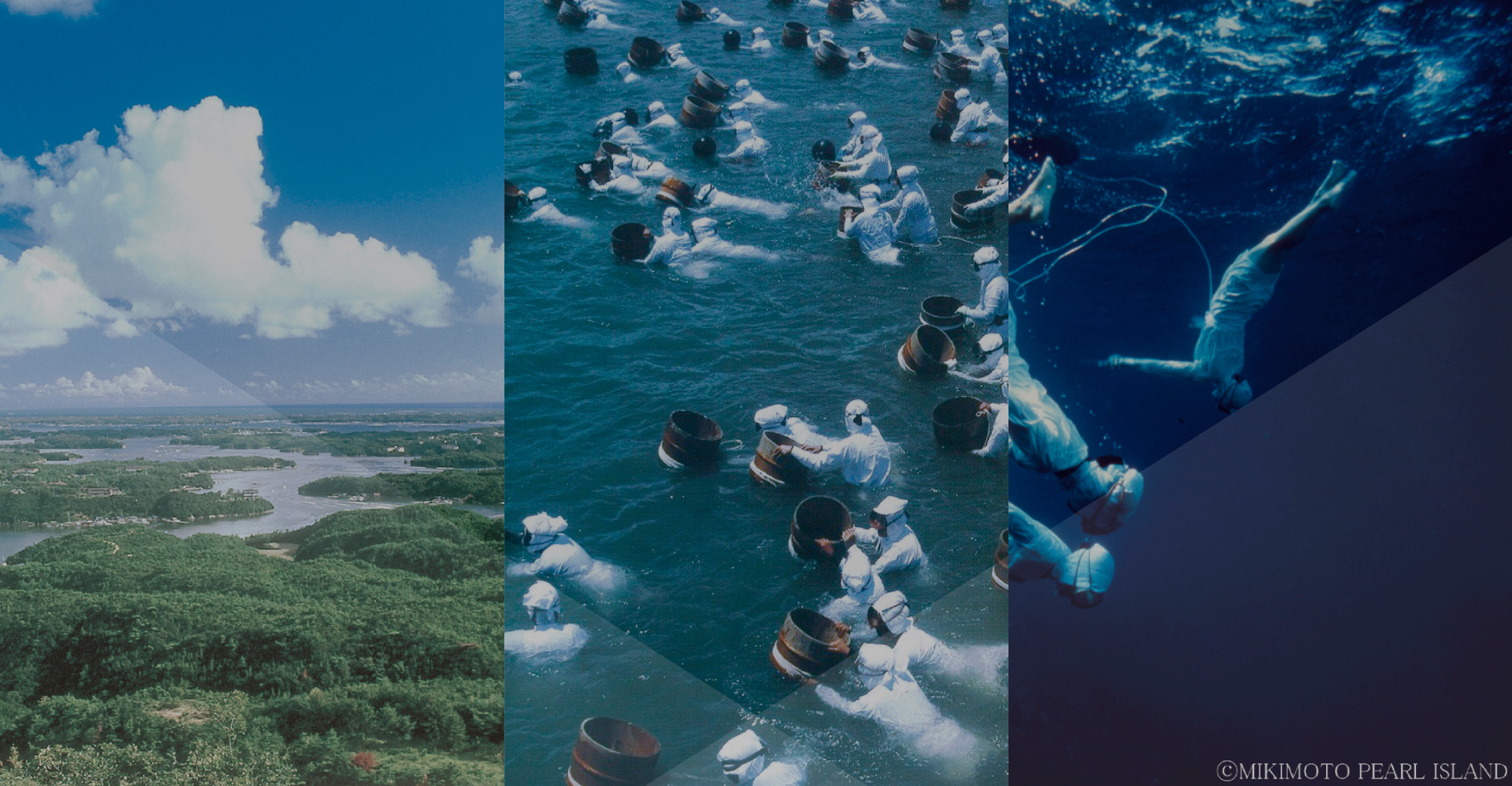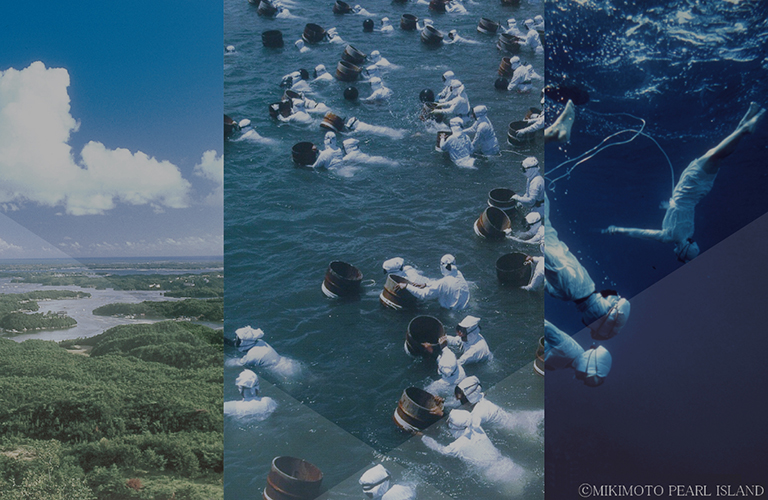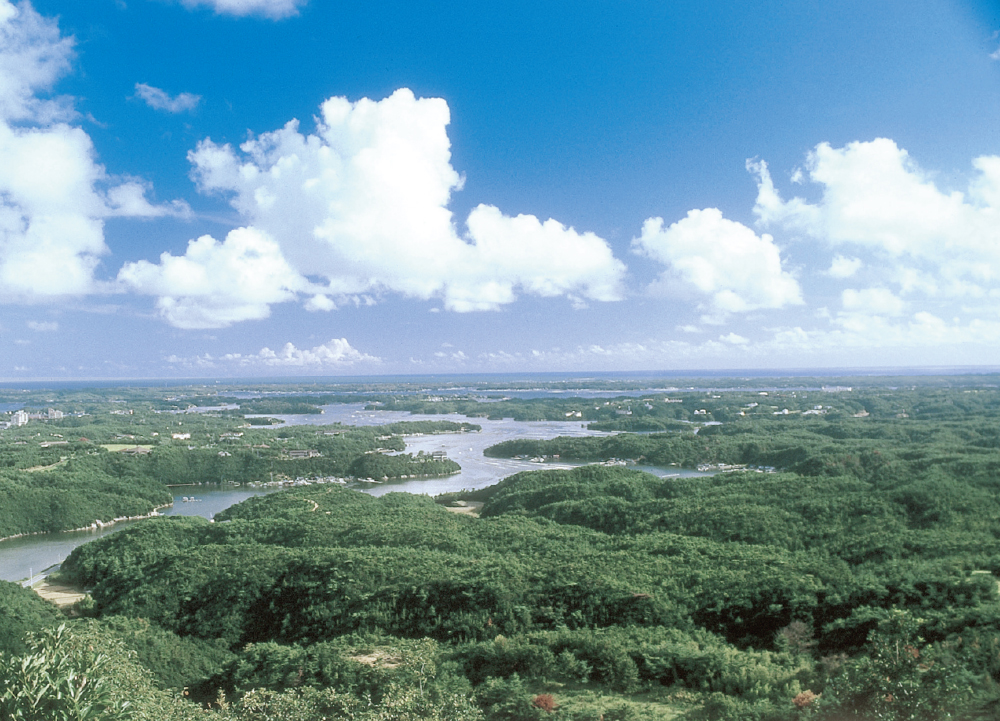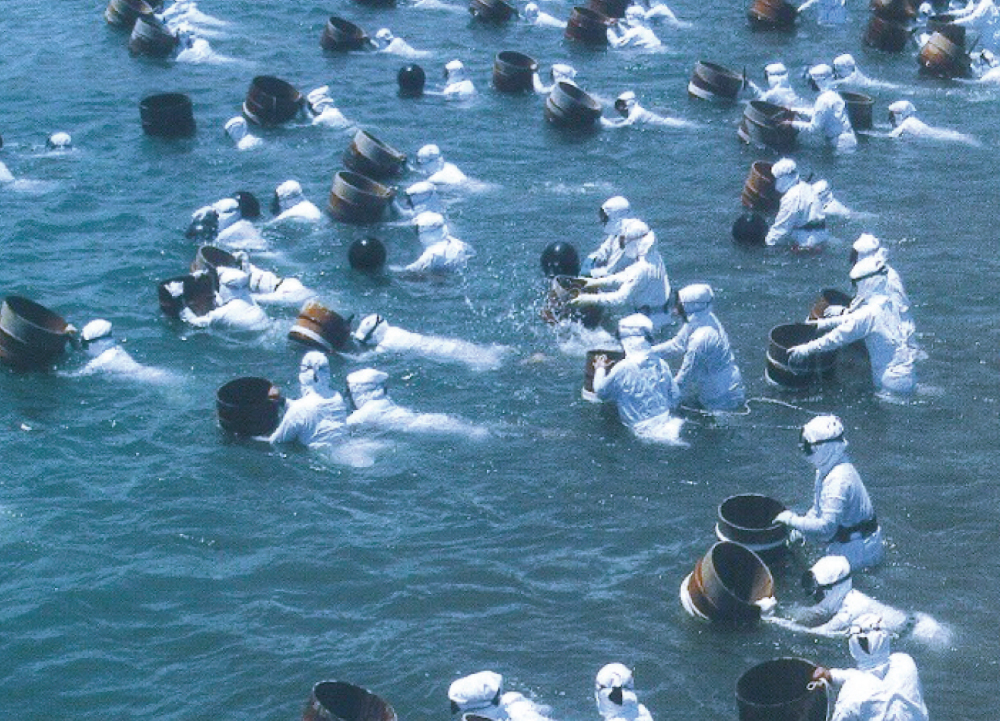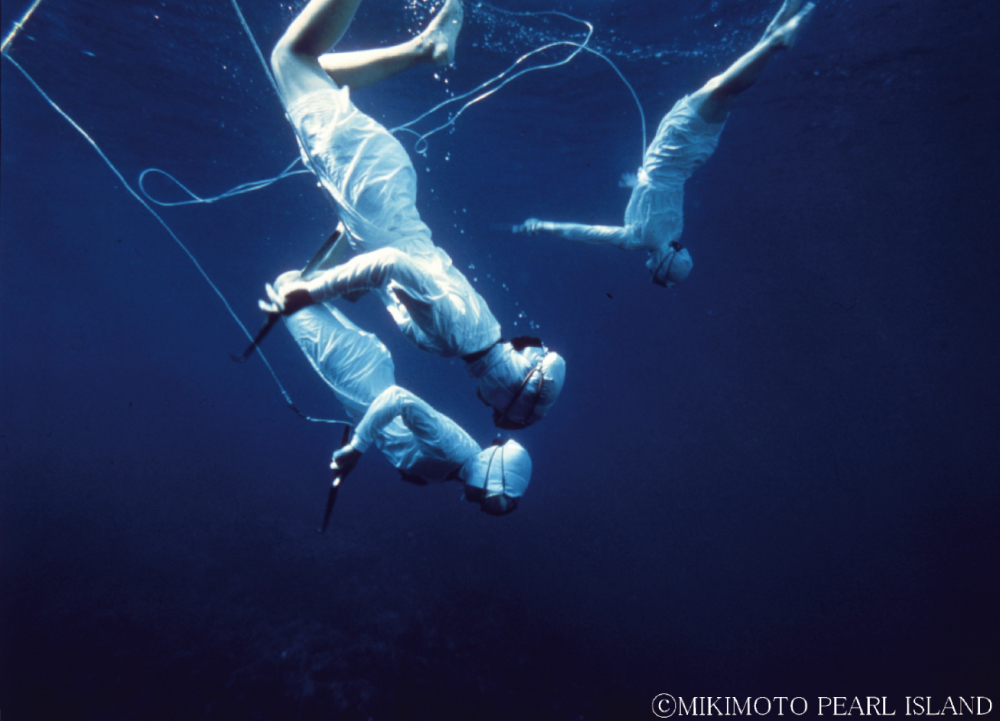With its temperate climate as well as fertile plains and oceans teeming with life, Ise is known as Umashikuni, a magnificent land blessed with the bounties of the sea and mountains. Befitting this name, the area is home to a distinct Japanese change of seasons and has inherited culinary traditions to savor seasonal ingredients nurtured amid beautiful local surroundings. This tradition is nothing but the very origin of Japanese food culture.
The ama are female divers who collect abalone, turban shells, seaweed, and other seafood without the use of modern diving equipment. Wooden mokkan tablets archiving offerings to the former capital in Nara clearly indicate hauls of abalone were shipped from present-day Nakiri, Shima as far back as 745 AD, verifying the presence of a thriving ama fishing culture since ancient times. The ama community in the Toba- Shima region have worked to protect the ocean’s resources by establishing a host of rules governing, among other things, the fishing season and size of the fish they catch. A culture of protecting and coexisting with nature is alive to this day in the very same community.
